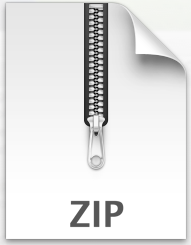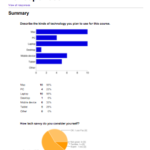Today you were asked to bring 5 copies of your job ad/cover letter and 5 copies of your claim letter. We’re going to do something akin to peer-review as speed dating.
- We’re going to divide the class into two groups. Then, each group will divide in half, forming two even, concentric circles. Like this:

2. Those in the outside circle will exchange drafts with those in the inside. Each pair has 5-10 minutes to review each other’s claim letters and share feedback. As you review your partner’s letter, be sure to write down comments, questions, ideas, etc. in the margins. As you do, keep in mind the criteria we developed in class for this genre. After the 5-10 minutes are up, you’ll give each other your letters back.
3. The outside circle with then rotate one seat over, clockwise and repeat step 2.
4. Once everyone has had a chance to review your claim letter (about 30-40 minutes), we’ll switch circles so that the outside circle in Group 1 will switch with the outside circle in Group 2. This way, we’ll be able to diversify feedback.
5. Repeats steps 2-3 with your cover letters.


